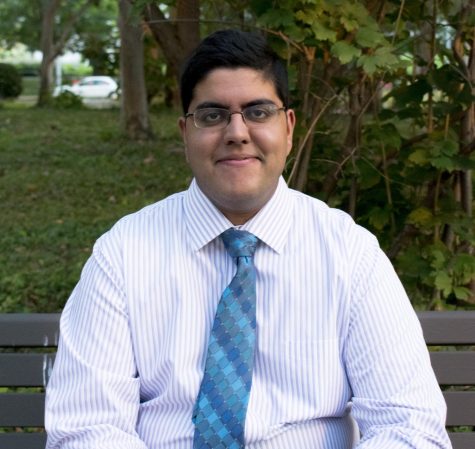Researcher uses a plant grown vaccine to help fight breast cancer
November 14, 2014
At fifteen, Dr. Nicole Steinmetz was at an international figure skating competition in Columbia, thousands of miles away from her home in Germany. So far out of her comfort zone, Steinmetz had to learn to be independent at an earlier age than most.
She believes that this helped to give her the self-reliance that she has today, which she brings to her research at Case Western Reserve University. Steinmetz, an associate professor of biomedical engineering, is studying how to grow a virus in a plant that could eventually be used to create a vaccine against breast cancer.
Steinmetz is attaching the virus to a peptide which is dense on the surface of certain breast cancer cells. She believes that this will make the immune system attack the peptide and create antibodies, which would then attack the cancer cells.
Normally, the immune system wouldn’t attack these cells because it wouldn’t recognize the peptides. However, with the virus, the immune system would recognize the peptides as foreign and attack them, as well as the cancer cells. This would help treat cancer without harming normal cells.
“The most fascinating, but also the most complicated, is the immune system,” said Steinmetz. “If we could trick the immune system to fight tumor cells, it would be the most powerful treatment of all.”
Steinmetz explains that viruses are excellent for medical treatments. They are large enough that they can have thousands of peptides fused to them, but they are also small enough that they can go through membranes in the body that other pathogens can’t.
In the first step of her research, Steinmetz uses a plant to grow the virus, with the peptide attached, to form the vaccine. According to Steinmetz, a person could be vaccinated just by eating this plant.
Steinmetz is studying virus production in plants that are edible because she hopes that this could be the method of vaccination against breast cancer. Some third world countries, who do not have much access to sterile facilities that regular vaccines can be grown or stored in, would be able to access the vaccine much more readily in this form. Also, plants are easy to grow, and could be grown simply using genetic clones, making producing a safe vaccine far simpler.
“All we need is dirt, sunlight and some seeds,” she said.
Still, Steinmetz’s work is quite complex, and, like many researchers, she can find herself in back-to-back meetings for most of the day. She’ll take a breather, if only to respond to emails. At the same time, though, she likes to take a step back and enjoy it.
She came to CWRU, after England and California, because of how tied the biomedical engineering department was to the School of Medicine.
“That was attractive to me,” said Steinmetz. “The basic science, the engineering and the medical sciences combined on one campus.”


